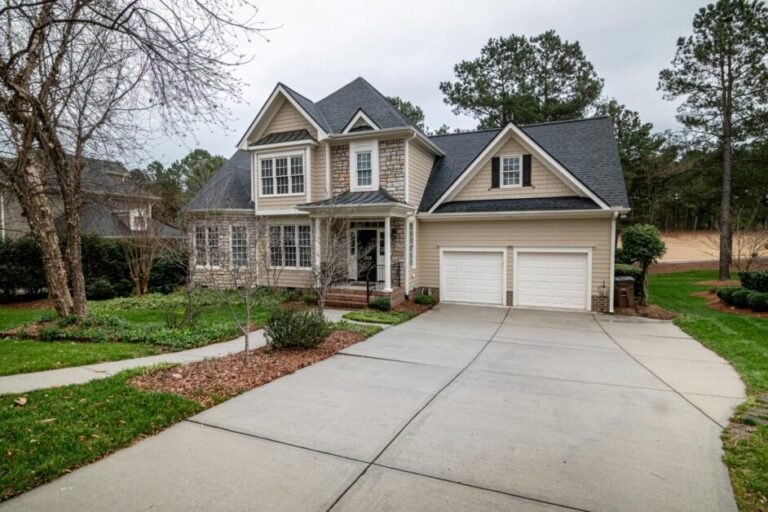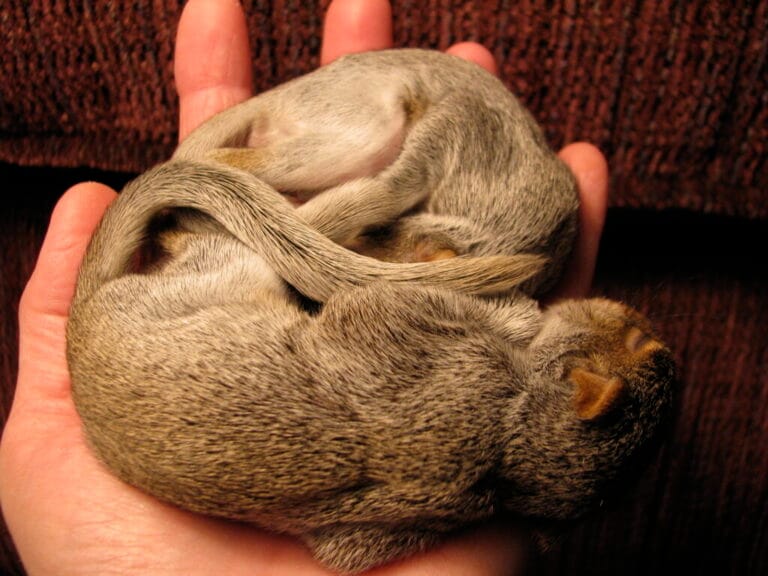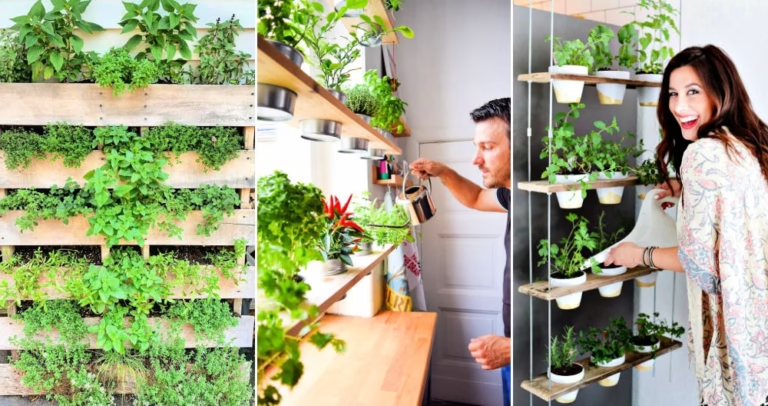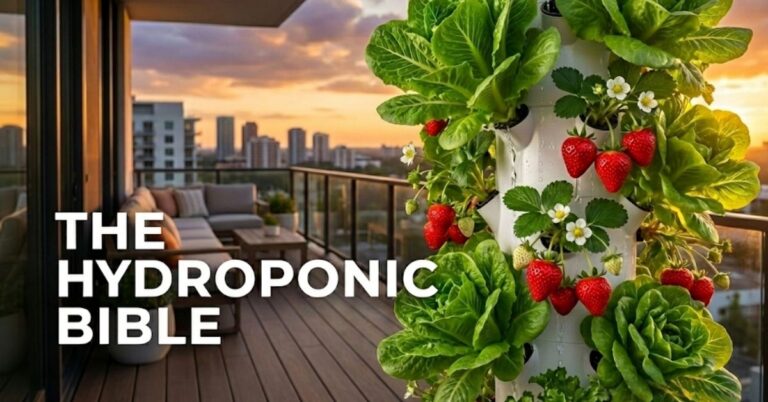The Cottage Garden: From Medieval Survival to Modern Romance
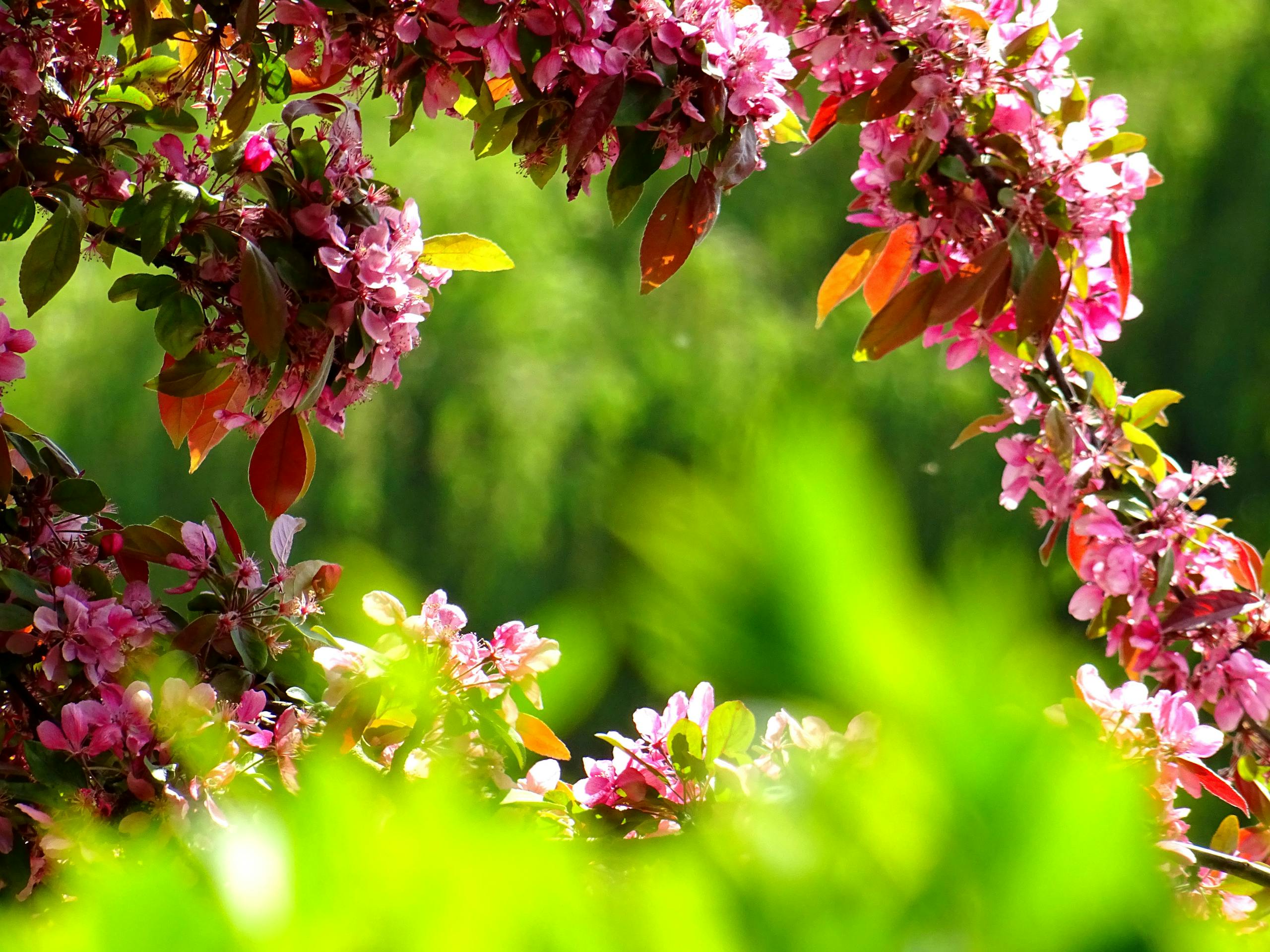
Quick Summary: The “Cottage Garden” is often romanticized as a flower-filled paradise, but its roots are gritty and practical. Originating in the 1400s as a survival necessity for English laborers, it evolved through the 19th century into the artistic style we love today. This guide explores that history and how to recreate it in the USA, UK, Canada, and Australia.
The cottage garden is perhaps the most beloved style in landscape history. It is defined by its density, informality, and a mix of edible and ornamental plants. However, the common belief that it started in the 1870s is a misconception. Its true origins lie deep in the Middle Ages, born of necessity rather than aesthetics.
1. The Medieval Origins (1400s – 1600s)
According to the North Carolina Cooperative Extension, the true cottage garden emerged in the late 14th and early 15th centuries. Following the Black Death, labor shortages effectively ended feudalism, allowing laborers (cottagers) to hold small plots of land.
These early gardens were not designed for beauty; they were designed for survival.
- Food First: The plots were packed with vegetables, turnips, and beans.
- Medicine Chest: Herbs like rue, sage, and wormwood were grown for medicinal use.
- Livestock: It was common to find a pigsty or beehives right in the middle of the garden.
- Fertility: Because space was limited, the soil had to be incredibly rich to support dense planting. Modern gardeners still struggle with this density. If you are planning a tightly packed cottage bed, ensure your soil amendments are precise using a soil calculator.
2. The Victorian Renaissance (1870s – 1900s)
The version of the cottage garden we recognize today—overflowing with hollyhocks, delphiniums, and roses—was popularized in the late 19th century. This was an artistic rebellion against the stiff, geometric “carpet bedding” of the high Victorian era.
Influential figures like William Robinson (author of The Wild Garden, 1870) and Gertrude Jekyll championed the use of hardy plants and natural layouts. As noted by The Library of Congress, this era shifted the focus from “controlling nature” to “cooperating with nature.”
Comparison: Peasant Origins vs. Victorian Style
| Feature | Traditional (1400s) | Romantic (1870s – Present) |
|---|---|---|
| Primary Purpose | Food & Survival (Vegetables/Herbs) | Aesthetics & Scent (Flowers) |
| Layout | Rectilinear (Efficient for hoeing) | Curved, flowing, asymmetrical |
| Key Plants | Turnips, Kale, Sage, Hops | Roses, Peonies, Foxgloves, Lavender |
| Hardscaping | Wattle fences (sticks) | Picket fences, stone paths, arbors |
3. Design Principles for the Modern Cottage Garden
Today, homeowners in the USA, UK, Canada, and Australia can recreate this look by following three core principles:
The “Controlled Chaos” Layout
Unlike formal French gardens, cottage gardens have no straight lines. Plants should spill over pathways. To achieve this rustic look, paths are often made of gravel or irregular stone rather than perfect pavers. If you are laying a new winding path, avoid buying excess material by planning with a concrete and stone calculator.
Mulching for Maintenance
Because cottage gardens are planted densely to suppress weeds, they can be prone to fungal diseases if air circulation is poor. A layer of organic mulch is essential to retain moisture and keep roots cool. However, applying too much can rot the stems of perennials. Use a mulch calculator to get the depth exactly right (usually 2 inches).
Integrating Water Features
While medieval cottages didn’t have swimming pools, modern adaptations often include water features like birdbaths or small ponds to attract wildlife. If you are incorporating a pool into your cottage design, remember that chemically treated water can harm sensitive heirloom plants. Manage your water capacity and chemical balance carefully using a pool volume calculator.
4. Regional Adaptations
- USA (Colonial Revival): Often uses white picket fences and native species like Echinacea and Black-Eyed Susans.
- UK (Traditional): Relies heavily on Roses, Lavender, and Clematis vines.
- Australia (Federation Style): Adapts the look using drought-tolerant natives like Brachyscome and Kangaroo Paw mixed with traditional roses.
Conclusion
The cottage garden is a living history lesson. Whether you are planting a “survival” plot of vegetables or a “romantic” drift of flowers, the spirit remains the same: a close connection to the earth, dense planting, and a rejection of rigid formality. By understanding its origins, you can build a garden that is not only beautiful but deeply meaningful.


